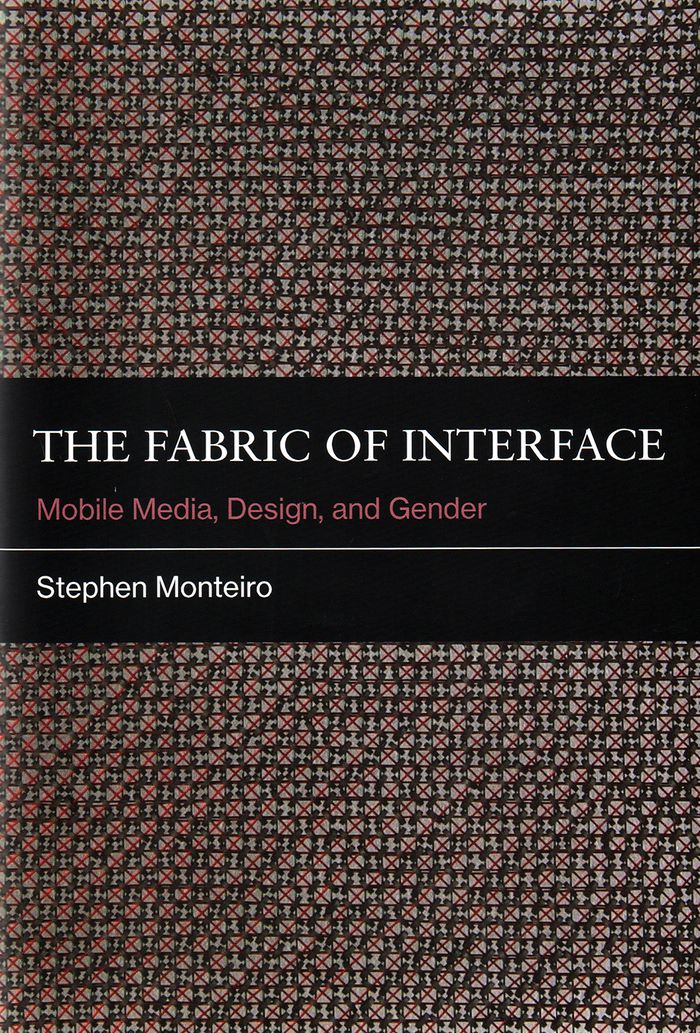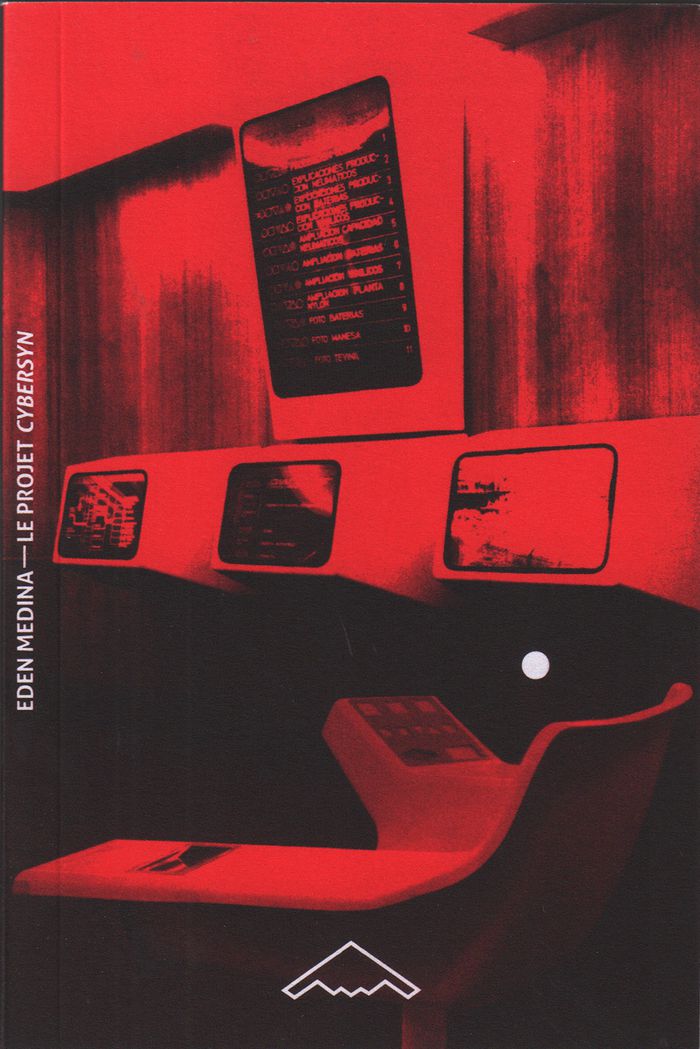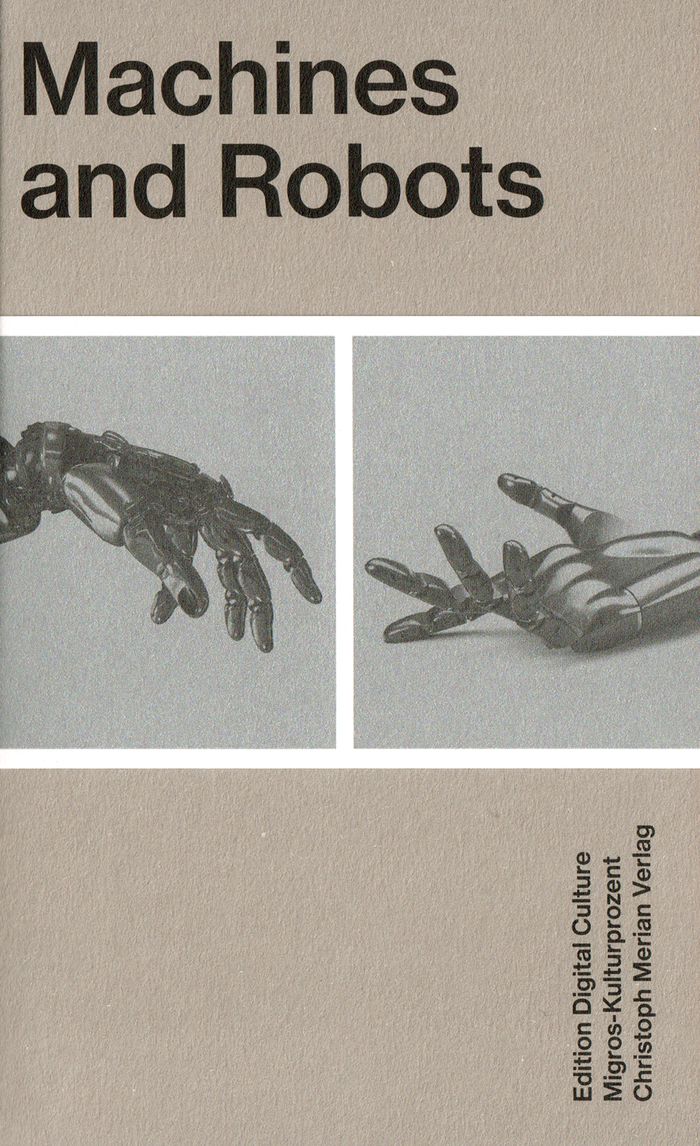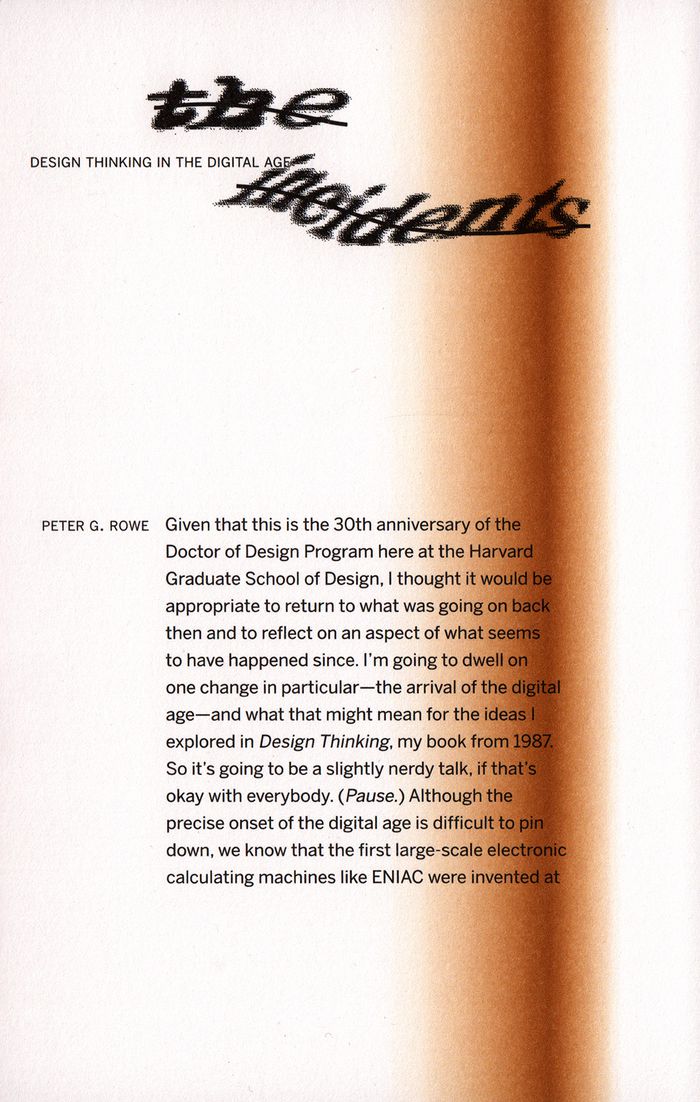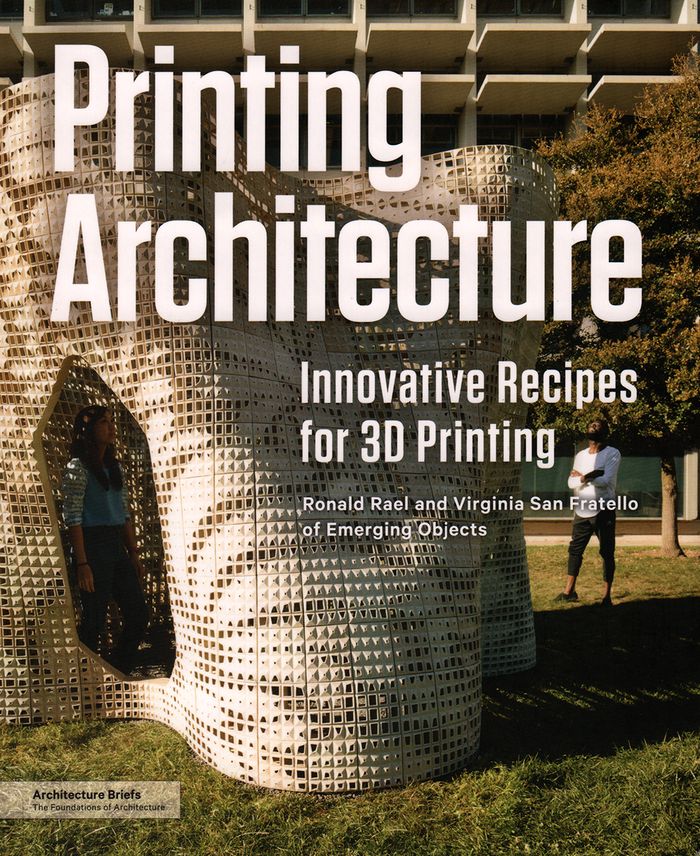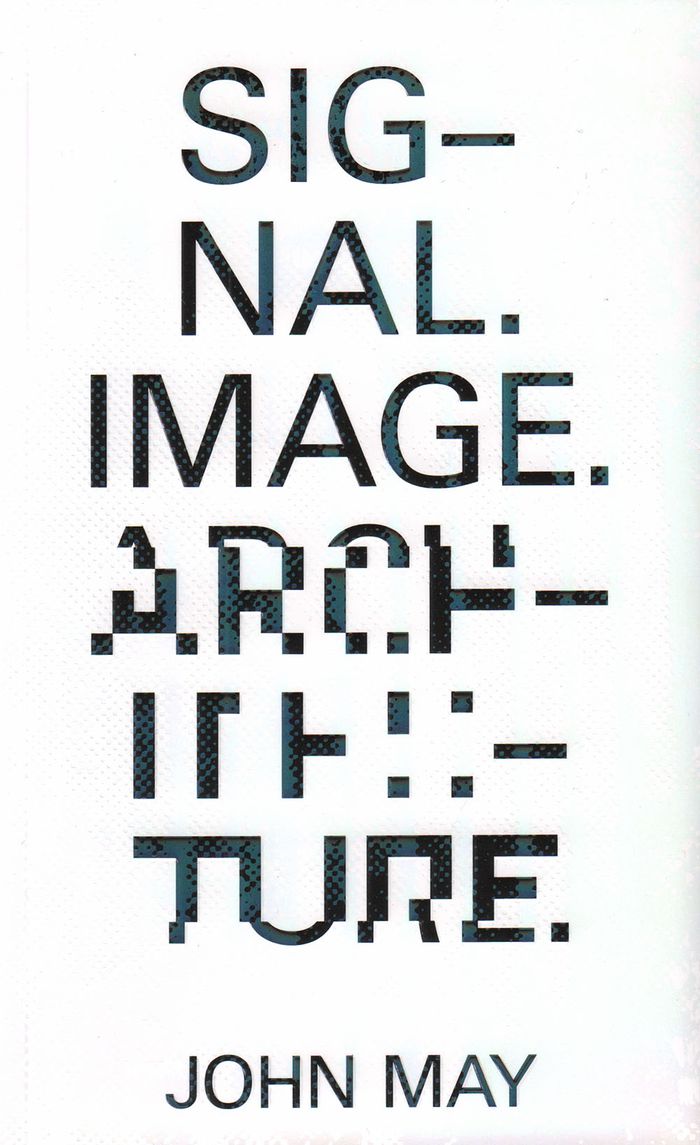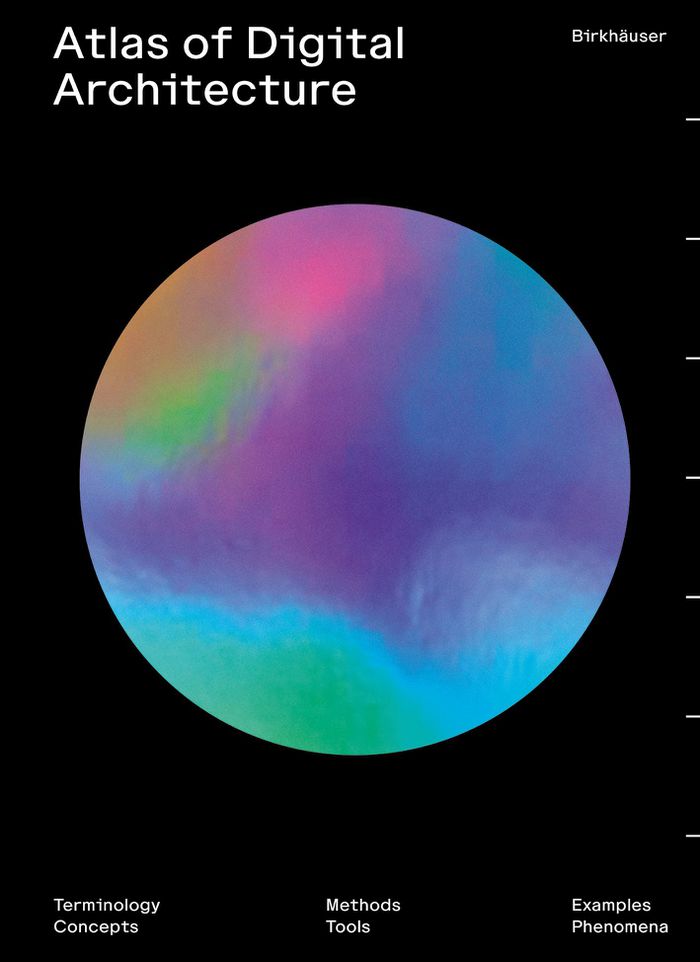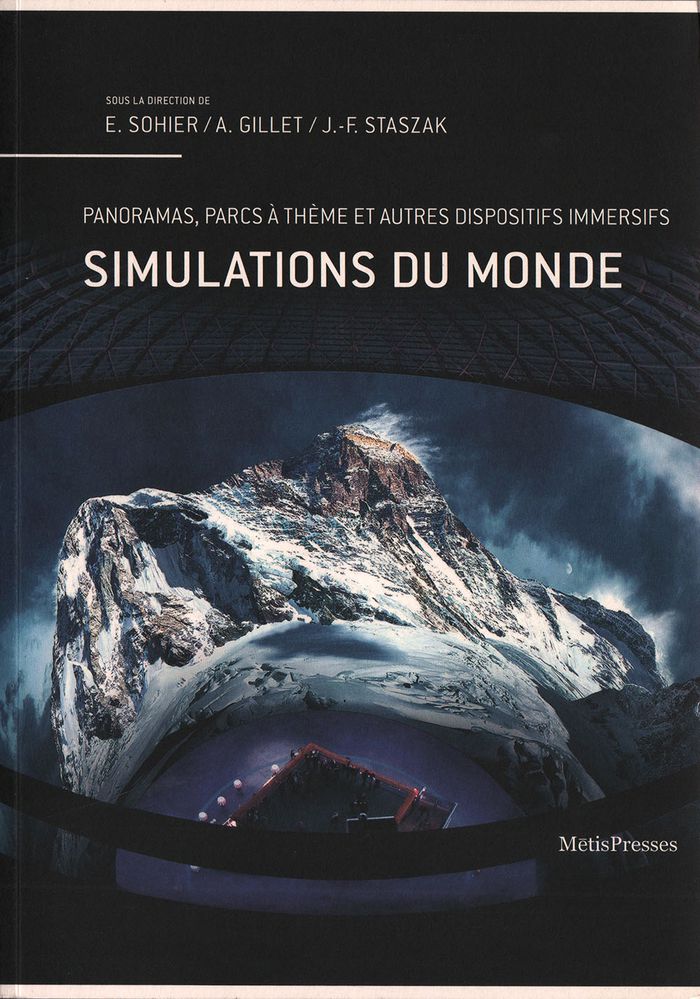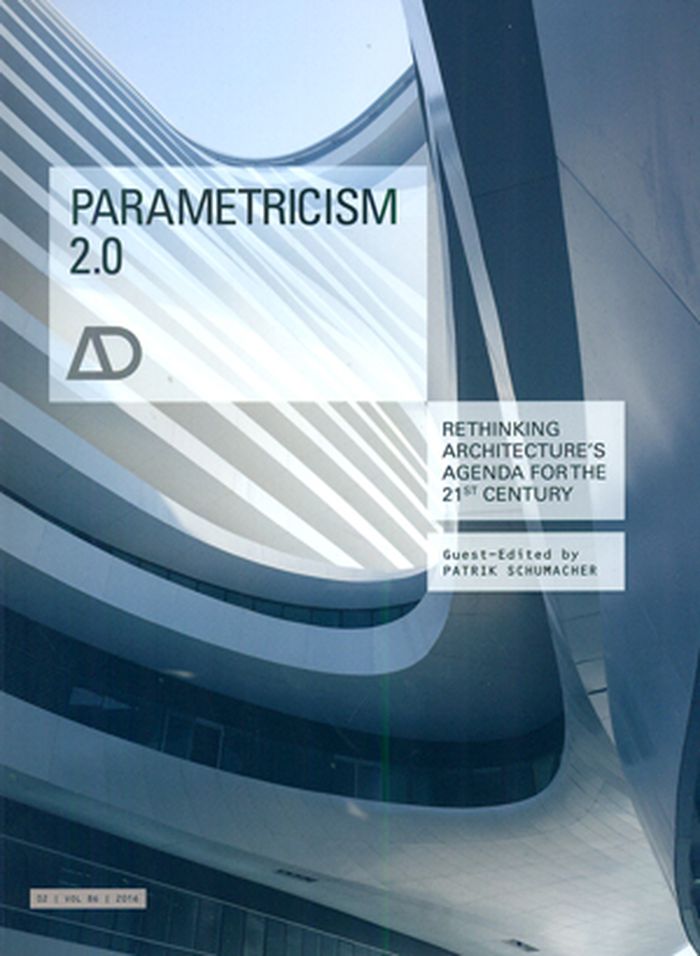The fabric of interface
$38.95
(available to order)
Summary:
In The Fabric of Interface, Stephen Monteiro argues that our everyday digital practice has taken on traits common to textile and needlecraft culture. Our smart phones and tablets use some of the same skills—manual dexterity, pattern making, and linking—required by the handloom, the needlepoint hoop, and the lap-sized quilting frame. Monteiro goes on to argue that the(...)
The fabric of interface
Actions:
Price:
$38.95
(available to order)
Summary:
In The Fabric of Interface, Stephen Monteiro argues that our everyday digital practice has taken on traits common to textile and needlecraft culture. Our smart phones and tablets use some of the same skills—manual dexterity, pattern making, and linking—required by the handloom, the needlepoint hoop, and the lap-sized quilting frame. Monteiro goes on to argue that the capacity of textile metaphors to describe computing (weaving code, threaded discussions, zipped files, software patches, switch fabrics) represents deeper connections between digital communication and what has been called “homecraft” or “women’s work.”
Digital Architecture
$20.00
(available to order)
Summary:
De 1970 à 1973, la présidence de Salvador Allende (1908-1973) entendit gérer la transition de l'économie chilienne du capitalisme vers le socialisme. Sous la direction du Britannique Stafford Beer (1926-2002), « père de la gestion cybernétique » adoubé par Norbert Wiener, une équipe interdisciplinaire conçut les modèles cybernétiques d'usines du secteur nationalisé de(...)
Le projet cybersyn: la cybernétique socialiste dans le Chili de Salvador Allende
Actions:
Price:
$20.00
(available to order)
Summary:
De 1970 à 1973, la présidence de Salvador Allende (1908-1973) entendit gérer la transition de l'économie chilienne du capitalisme vers le socialisme. Sous la direction du Britannique Stafford Beer (1926-2002), « père de la gestion cybernétique » adoubé par Norbert Wiener, une équipe interdisciplinaire conçut les modèles cybernétiques d'usines du secteur nationalisé de l'économie, et créa un réseau informatique de collecte et transmission rapides des données économiques entre le gouvernement et les ateliers de production. Bien que jamais activée, sa salle de contrôle dessinée au sein du Palais présidentiel par Gui Bonsiepe (1934- ), étudiant de l'école de design d'Ulm (où il enseigna de 1960 à 1968), constituait la partie visible de ce dispositif...
Digital Architecture
Machines and robots
$44.95
(available to order)
Summary:
Machines, automats, and robots have always exerted a special fascination on artists. Yet computers, digitisation, and the Internet have given this attraction entirely new impulses. Moreover, developments in artificial intelligence and robotics are of critical importance today. The fifth volume of this series provides insights into current research topics and investigates(...)
Machines and robots
Actions:
Price:
$44.95
(available to order)
Summary:
Machines, automats, and robots have always exerted a special fascination on artists. Yet computers, digitisation, and the Internet have given this attraction entirely new impulses. Moreover, developments in artificial intelligence and robotics are of critical importance today. The fifth volume of this series provides insights into current research topics and investigates their artistic potential and possible issues. It contains illustrations and a detailed glossary of significant terms, in addition to contributions by Raffaello D'Andrea, Andreas Broeckmann, Roland Fischer, Martina Kammermann, Bruno Spoerri, Philipp Theisohn, Mads Pankow, and Roland Wetzel.
Digital Architecture
$23.95
(available to order)
Summary:
In this essay, professor Peter G. Rowe gives an overall description of how new technologies transformed the field of architectural design, addressing issues such as the precision and incompleteness of information, schema theory and heuristics.
Design thinking in the digital age
Actions:
Price:
$23.95
(available to order)
Summary:
In this essay, professor Peter G. Rowe gives an overall description of how new technologies transformed the field of architectural design, addressing issues such as the precision and incompleteness of information, schema theory and heuristics.
Digital Architecture
$41.95
(available to order)
Summary:
Although 3D printing promises a revolution in many industries, primarily industrial manufacturing, nowhere are the possibilities greater than in the field of product design and modular architecture. Ronald Rael and Virginia San Fratello, of the cutting-edge San Francisco Bay Area-based design firm Emerging Objects, have developed remarkable techniques for "printing" from(...)
Printing architecture: innovative recipes for 3D printing
Actions:
Price:
$41.95
(available to order)
Summary:
Although 3D printing promises a revolution in many industries, primarily industrial manufacturing, nowhere are the possibilities greater than in the field of product design and modular architecture. Ronald Rael and Virginia San Fratello, of the cutting-edge San Francisco Bay Area-based design firm Emerging Objects, have developed remarkable techniques for "printing" from a wide variety of powders, including sawdust, clay, cement, rubber, concrete, salt, and even coffee grounds, opening an entire realm of material, phenomenological, and ecological possibilities to designers. In addition to case studies and illustrations of their own work, Rael and San Fratello offer guidance for sourcing alternative materials, specific recipes for mixing compounds, and step-by-step instructions for conducting bench tests and setting parameters for material testing, to help readers understand the process of developing powder-based materials and their unique qualities.
Digital Architecture
Signal. Image. Architecture.
$25.00
(available to order)
Summary:
Architecture is immersed in an immense cultural experiment called imaging. ?Yet the technical status and nature of that imaging must be reevaluated. What happens to the architectural mind when it stops pretending that electronic images of drawings made by computers are drawings? When it finally admits that imaging is not drawing, but is instead something that has already(...)
Signal. Image. Architecture.
Actions:
Price:
$25.00
(available to order)
Summary:
Architecture is immersed in an immense cultural experiment called imaging. ?Yet the technical status and nature of that imaging must be reevaluated. What happens to the architectural mind when it stops pretending that electronic images of drawings made by computers are drawings? When it finally admits that imaging is not drawing, but is instead something that has already obliterated drawing?
Digital Architecture
$94.95
(available to order)
Summary:
In this compendious work, two dozen university professors and lecturers share their expertise: structured into six parts, the Atlas offers an orientation to the myriad ways in which computers are used in architecture today, such as: 3D Modelling and CAD; Rendering and Visualisation; Scripting, Text & Code; Digital Manufacturing and Model Making; GIS, BIM, Simulation, and(...)
Atlas of digital architecture: terminology, concepts, methods, tools, examples, phenomena
Actions:
Price:
$94.95
(available to order)
Summary:
In this compendious work, two dozen university professors and lecturers share their expertise: structured into six parts, the Atlas offers an orientation to the myriad ways in which computers are used in architecture today, such as: 3D Modelling and CAD; Rendering and Visualisation; Scripting, Text & Code; Digital Manufacturing and Model Making; GIS, BIM, Simulation, and Big Data & Machine Learning, to name but these. The Atlas understands itself as an orientation to the vast range of of possibilities and professional profiles that digital technology puts on the table today.
Digital Architecture
$59.95
(available to order)
Summary:
Regards croisés d'artistes et de chercheurs sur les dispositifs de simulation d'un ailleurs réel ou imaginé.Fruit d’un travail collectif et pluridisciplinaire, cet ouvrage porte un nouveau regard sur les « dispositifs de simulation du monde ». Appréhender ainsi des dispositifs aussi divers que les panoramas, les parcs d’attraction, le cinéma, ou encore les œuvres(...)
Simulations du monde : panoramas, parcs à thème et autres dispositifs immersifs
Actions:
Price:
$59.95
(available to order)
Summary:
Regards croisés d'artistes et de chercheurs sur les dispositifs de simulation d'un ailleurs réel ou imaginé.Fruit d’un travail collectif et pluridisciplinaire, cet ouvrage porte un nouveau regard sur les « dispositifs de simulation du monde ». Appréhender ainsi des dispositifs aussi divers que les panoramas, les parcs d’attraction, le cinéma, ou encore les œuvres contemporaines en réalité virtuelle, est un moyen de questionner le besoin de simuler des mondes éloignés ou imaginaires.
Digital Architecture
$67.95
(available to order)
Summary:
Now that information technologies are fully embedded into the design studio, 'Instabilities and Potentialities' explores our post-digital culture to better understand its impact on theoretical discourse and design processes in architecture.
Instabilities and potentialities: notes on the nature of knowledge in digital architecture
Actions:
Price:
$67.95
(available to order)
Summary:
Now that information technologies are fully embedded into the design studio, 'Instabilities and Potentialities' explores our post-digital culture to better understand its impact on theoretical discourse and design processes in architecture.
Digital Architecture
$47.95
(available to order)
Summary:
Parametricism is an avant-garde architecture and design movement that has been growing and maturing over the last 15 years, emerging as a remarkable global force. The tendency started in architecture but now encompasses all design disciplines, from urban design to fashion. In architecture, the style has an international following and is currently progressing beyond its(...)
April 2016
AD: Parametricism 2.0. Rethinking architecture's agenda for the 21st century
Actions:
Price:
$47.95
(available to order)
Summary:
Parametricism is an avant-garde architecture and design movement that has been growing and maturing over the last 15 years, emerging as a remarkable global force. The tendency started in architecture but now encompasses all design disciplines, from urban design to fashion. In architecture, the style has an international following and is currently progressing beyond its experimental roots to make an impact on a broader scale, with practices like Zaha Hadid Architects (ZHA) winning and completing large-scale architectural projects worldwide. Parametricism implies that all elements and aspects of an architectural composition or product are parametrically malleable; and the style owes its original, unmistakable physiognomy to its unprecedented use of computational design tools and fabrication methods. All design parameters are conceived as variables that allow the design to vary and adapt to the diverse, complex and dynamic requirements of contemporary society. Although Parametricism has been talked about and hotly debated for a number of years, so far there has been no publication dedicated to Parametricism. The issue is guest-edited by Patrik Schumacher, partner at ZHA, and one of the world’s most highly renowned advocates of Parametricism.
